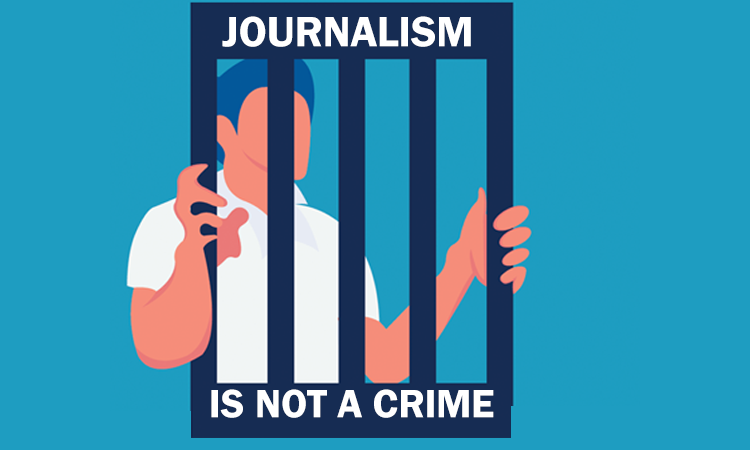El Chiguire Bipolar has a good take on the concept of selective impunity.
In the Onion-like fashion for which the blog is known, it tells the story of Maria Angelica Guerrero, a two-time victim of lightning kidnappings and exasperation at the police’s ineffectiveness. Thinking creatively, she attempts to get her kidnapper to speak negatively about Hugo Chavez during the kidnappings, because “pensé que si el tipo hablaba mal del presidente o algunos de sus ministros quizás lo detendrían.”
The BBC reports on the arrest on 29 March 2010 of a presumed leader of the gang “Los Aztecas” involved in the shooting of two US citizens and the spouse of a Mexican employee at the US consulate in Ciudad Juarez on 13 March 2010.
The murders incited the immediate ire of the United States. Mike Hammer, Spokesperson for the National Security Council, said US and Mexican forces will work to “bring the killers to justice.”
This may have been welcome news for a city and country where impunity reigns and police often arrive too late. The arrest of the Aztecas leader could suggest that the system works. Mexican authorities were under a lot of pressure to produce a suspect, and, in joint efforts with US authorities, they were able to do so. This could bode well for the recently announced updates to the Merida initiative as evidence that joint cooperation works.
Yet unlike the thousands of other murders and crimes committed in Juarez, this case required special attention because it involved the lives of US citizens. If the culprit is indeed guilty, it offers hope that with enough resources, bringing assassins to justice is not a pipe dream. Yet if he is not guilty, it suggests that authorities may have acted too quickly to produce a much-in-demand suspect. Whatever the case may be, the arrest is a prime example that it is not always the criminal act itself, but the mitigating factors that determine culpability.

Reply